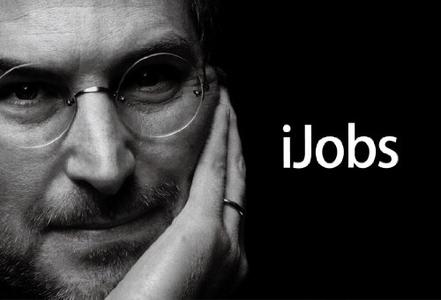After graduation he took the job for which he was destined: as an animator at Disney Studios. Except it didn't work out.
毕业后,他得到了一份注定要从事的工作--在迪士尼制片厂做动画师。但是拉塞特在迪士尼的工作并不顺心。
"Some of us younger guys wanted to bring Star Wars–level quality to the art of animation, but we were held in check," Lasseter recalled.
“我们一些年轻人想要给动画艺术带来《星球大战》的水准,但却受到了约束。”拉塞特回忆说,
"I got disillusioned, then I got caught in a feud between two bosses, and the head animation guy fired me."
“我的幻想破灭了,后来卷入了两个上司之间的斗法,动画部门的头儿解雇了我。”
So in 1984 Ed Catmull and Alvy Ray Smith were able to recruit him to work where Star Wars–level quality was being defined, Lucasfilm.
1984年,埃德·卡特穆尔和阿尔维·雷·史密斯聘请了拉塞特,而《星球大战》的水准正是出自卢卡斯影业。
It was not certain that George Lucas, already worried about the cost of his computer division,
当时,乔治·卢卡斯就已经在担忧电脑部门的成本了,
would really approve of hiring a full-time animator, so Lasseter was given the title "interface designer."
他们拿不准卢卡斯是否会同意雇用一位全职动画师,因而拉塞特的职位是“界面设计师”。

After Jobs came onto the scene, he and Lasseter began to share their passion for graphic design.
乔布斯入主公司后,拉塞特和他开始分享彼此对于图形设计的激情。
"I was the only guy at Pixar who was an artist, so I bonded with Steve over his design sense," Lasseter said.
“我在皮克斯是唯一一个艺术家,因此和史蒂夫在设计感觉上有很大共鸣。”拉塞特说道。
He was a gregarious, playful, and huggable man who wore flowery Hawaiian shirts,
他合群,好玩,讨人喜欢,爱穿花哨的夏威夷衫,
kept his office cluttered with vintage toys, and loved cheeseburgers.
办公室里堆满古董玩具,喜欢吃芝士汉堡包。
Jobs was a prickly, whip-thin vegetarian who favored austere and uncluttered surroundings.
乔布斯易怒,是个身形痩削的素食主义者,喜欢简朴整洁的环境。
But they were actually well-suited for each other.
但他们竟然非常契合。
Lasseter was an artist, so Jobs treated him deferentially,
拉塞特是个艺术家,乔布斯对他恭敬有加,
and Lasseter viewed Jobs, correctly, as a patron who could appreciate artistry and knew how it could be interwoven with technology and commerce.
拉塞特则理智地将乔布斯视做赞助人--能够欣赏艺术工作并且知道如何将其与技术和商业进行融合。



